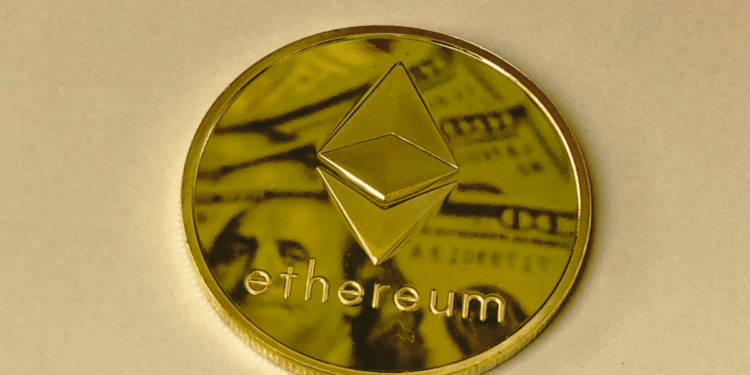Ethereum (ETH) has reached a major milestone: 24% of all coins in circulation are now staked. This dynamic suggests that ecosystem participants trust the airwaves and believe in the future of the network.
Ethereum owners prefer staking
The ability to unstake ETH was the most anticipated feature implemented in the Shapella update. This change allowed validators and stakers to withdraw ETH from the network along with accrued rewards. Previously, the Ethereum 2.0 Beacon Chain did not support a withdrawal mechanism. This means that it was impossible to take away the coins placed there.
CryptoQuant CEO Ki Young Joo recently commented on the functionality that added liquidity and flexibility for ETH holders and stakers.“I thought that after Shapella, there would be an outflow of coins from staking, but no: the share of locked ETH continues to grow,” Joo noted.
Despite the new functionality that allows stakers to take away tokens, the capitalization of locked ETH has grown to $72.75 billion. Currently, 28.8 million tokens are staked, which is 24% of the total supply. In addition, there are currently 898,110 active validators on the network.

This data suggests that users trust the Proof-of-Stake mechanism implemented in the Ethereum network. TIE data shows that Ethereum managed to maintain a negative inflation rate of 0.03%. The remuneration percentage is 4.23%. This unique combination of deflationary trends and attractive rewards sets Ethereum apart from its competitors.
Moreover, there is a significant discrepancy between the realized price of staked ETH ($2,014) and the current market price (around $2,519). This difference gives stakers an additional 25% profit. These returns reflect bullish sentiment among Ethereum investors. Investors don’t want to sell ETH on exchanges; they want to hold it and earn money by staking, demonstrating confidence in the long-term value of Ethereum.
Earlier, Vitalik Buterin shared his opinion that the staking mechanism in the Ethereum network needs to be simplified.












